Adding iron to pond - how often?
hawkiefriend
14 years ago
Related Stories

GARDENING GUIDESWhat's Wrong With My Plant? Leaves Often Hold the Clues
Learn how to identify common plant ailments by reading their leaves
Full Story
MOST POPULARWhat to Know About Adding a Deck
Want to increase your living space outside? Learn the requirements, costs and other considerations for building a deck
Full Story
KITCHEN APPLIANCESWhat to Consider When Adding a Range Hood
Get to know the types, styles and why you may want to skip a hood altogether
Full Story
FARMHOUSESAn Iron Chef’s Farm Kitchen Gets Some Kick
Pro appliances and improved accessibility prove the right recipe for a kitchen that now multitasks with ease
Full Story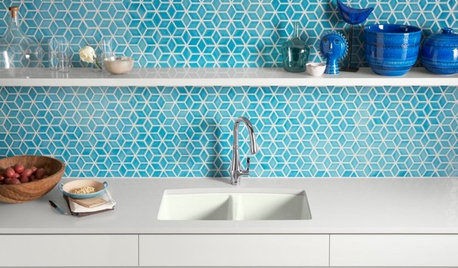
KITCHEN DESIGNKitchen Sinks: Enameled Cast Iron for Attractive Durability
Strong, shiny and sustainable, an enameled cast iron sink can bring character to your kitchen
Full Story
GARDENING AND LANDSCAPINGHow to Make a Pond
You can make an outdoor fish paradise of your own, for less than you might think. But you'll need this expert design wisdom
Full Story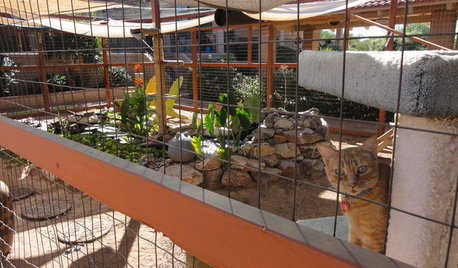
PETSSee a Deluxe 'Catio' Built for Feline Fun
Sixteen lucky cats get the run of a protected outdoor patio with ramps, steps and even a koi pond
Full Story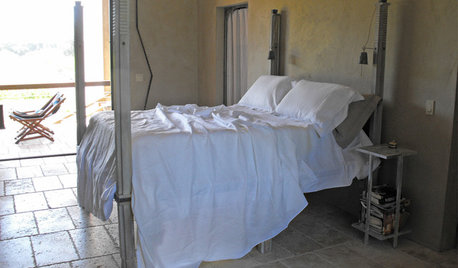
PRODUCT PICKSGuest Picks: Loving Linen All Over the Home
Charmingly rumpled or ironed smooth, these linen finds from napkins to curtains bring casual elegance to rooms
Full Story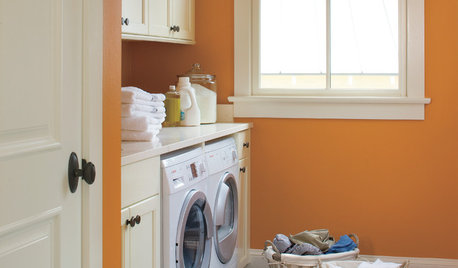
LAUNDRY ROOMS14 Ways to Lighten Your Summertime Laundry Load
Lessen up on washing and ironing chores, and make laundry time a livelier event, with these tips for summer and beyond
Full Story


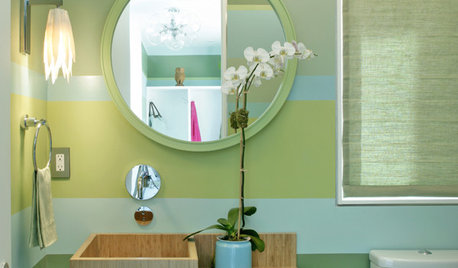

larryl
hawkiefriendOriginal Author
Related Discussions
Adding frogs & fish to our new pond in So Cal
Q
What Do You Feed & How Often?
Q
How often to tune-up Propane FHW Boiler
Q
How should I clean my pond? When should I clean my pond?
Q
waterbug_guy
larryl
hawkiefriendOriginal Author
pat_c
larryl
pondbucket
waterbug_guy
hawkiefriendOriginal Author
waterbug_guy
drh1
hawkiefriendOriginal Author
waterbug_guy
drh1
horton
waterbug_guy
hawkiefriendOriginal Author
horton
drh1
waterbug_guy
jpinard
hawkiefriendOriginal Author
pat_c
drh1
horton